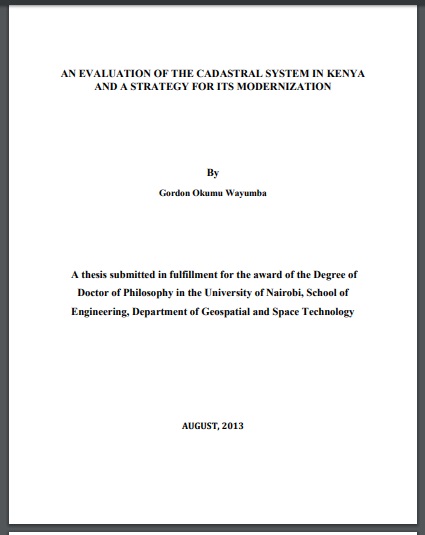Integration of temperature and dust effects in siting large PV power plant in hot arid area
Recently, solar PV technologies witnessed a commercial vigor due to their tremendously decreasing prices. However, these technologies are vulnerable to dust and temperature which can significantly degrade their efficiency. Taking into account, the effect of dust and temperature during the site assessment for large PV power plant will reduce their vulnerability and optimize their operation efficiency. Most of the site assessment for large PV power plants does not take into consideration spatio-temporal variability of dust and temperature effects due to their measurement complexity.



